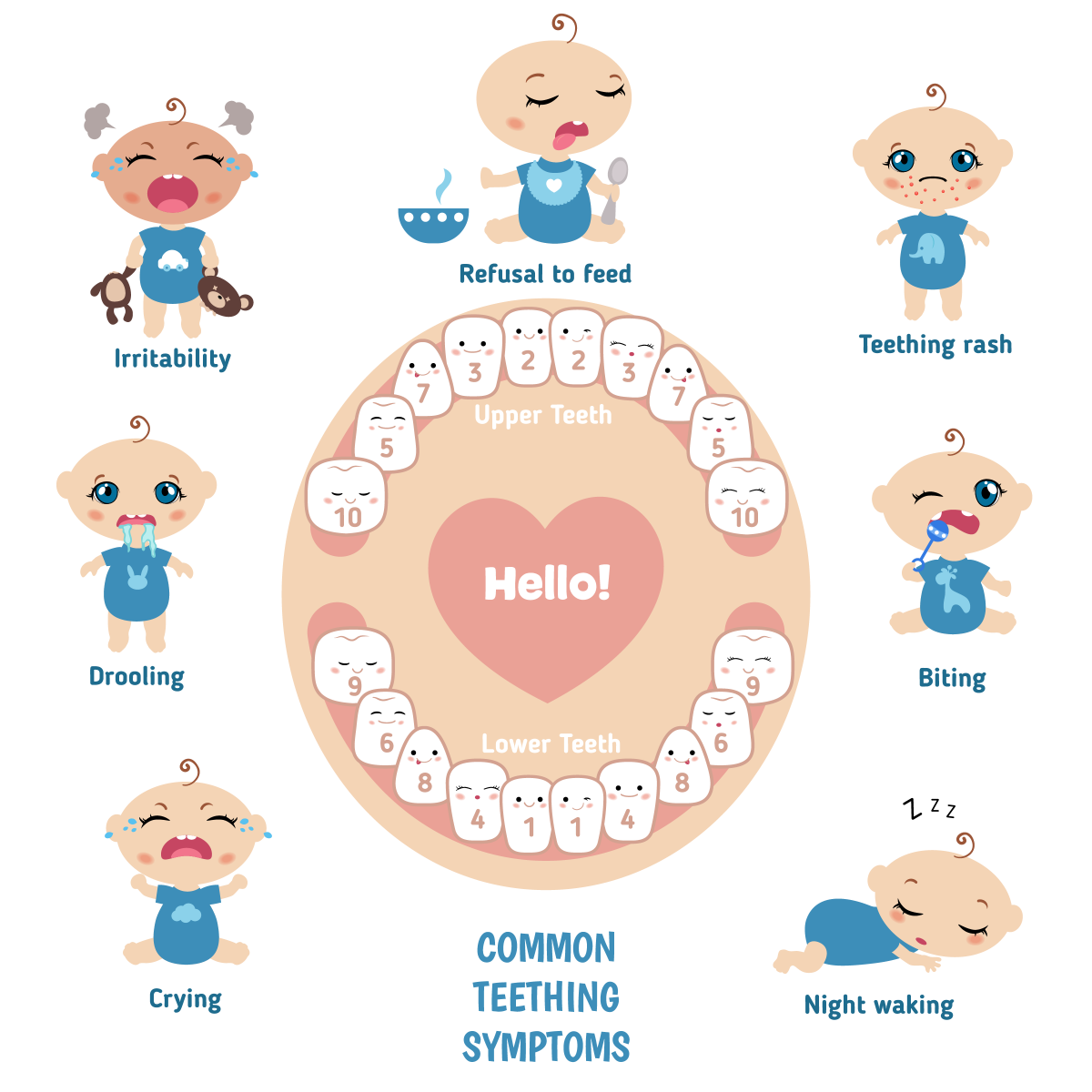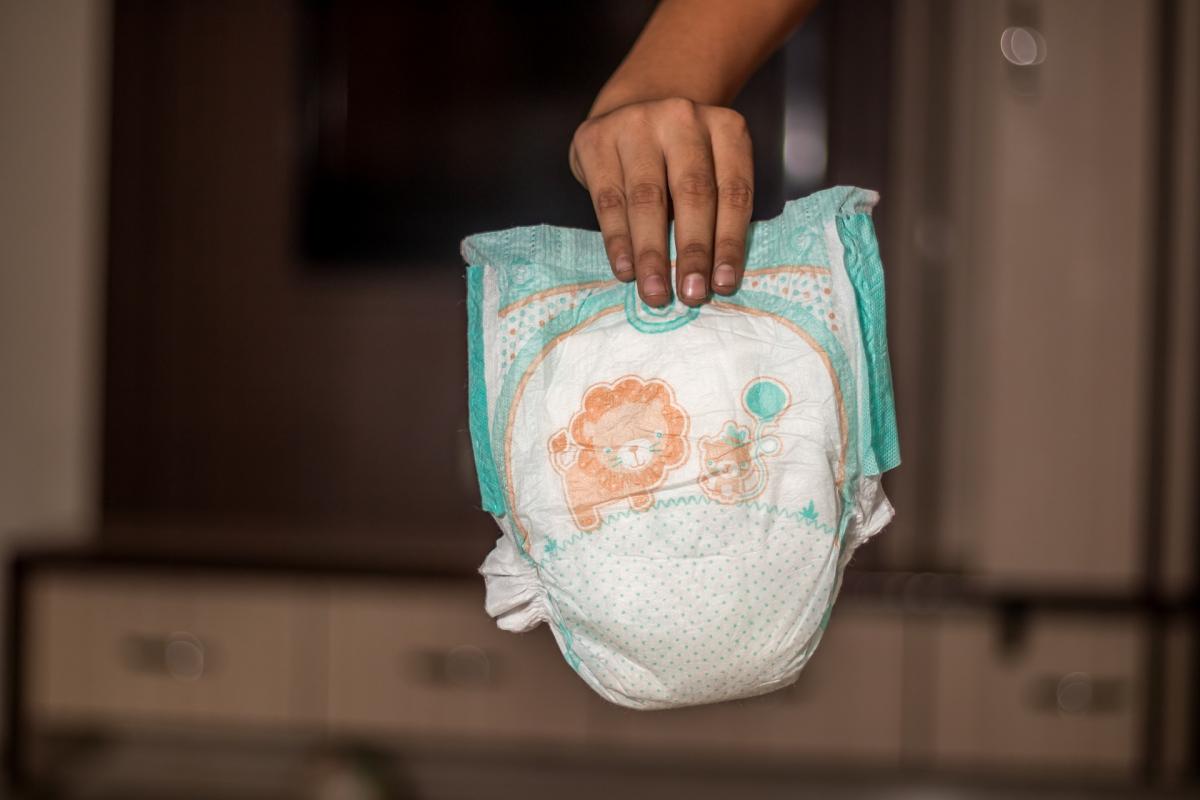Oh Baby!!!
Common Baby Aiments - Nappy Rash & Teething
Posted 15 October 2019

2 of the most common ailments for babies; Nappy rash and Teething. The advice you need to know.
|
|
What You Should Know About Nappy RashEven the best cared for babies may experience nappy rash. Your baby’s tender skin is delicate and can be irritated by stools, urine, humidity, detergents, soaps, alcohol and chemicals in lotions and oils.
How To Recognise Nappy RashNappy rash symptoms can vary from a shiny patch of red skin, scaly skins, spotty, bright red skin if the rash becomes secondarily infected. When Does Nappy Rash Occur?There may be no obvious reason for nappy rash occurring in your child. Some babies have more sensitive skin than others and even the best cared for babies may experience nappy rash. The most common cause is when the skin becomes inflamed after contact with the chemicals in urine, faeces or both. Nappy rash is most likely to occur if nappies are not changed often enough or if the baby has diarrhea. Friction caused by the nappy rubbing against baby’s delicate skin and washing detergents. Nappy rash can happen at any time and there may be no obvious reasons as some babies naturally have more sensitive skin and may be more prone to the condition. However, there are certain times where babies are more susceptible to nappy rash, such as:
Is Nappy Rash Serious?The extent of nappy can vary greatly. The burning and itching feeling of nappy rash may cause baby to be uncomfortable, irritable and restless. While it may be sore for baby the good news is that it is usually not serious. How To Prevent and Treat Nappy RashThere are a number of ways to prevent baby from getting nappy rash:
If a rash persists speak to your doctor or healthcare professional. |
Sources:https://www.panadol.com.au/children/first-five-years/ and https://www.nicepak.com.au/sudocrem/
Images: https://pixabay.com






